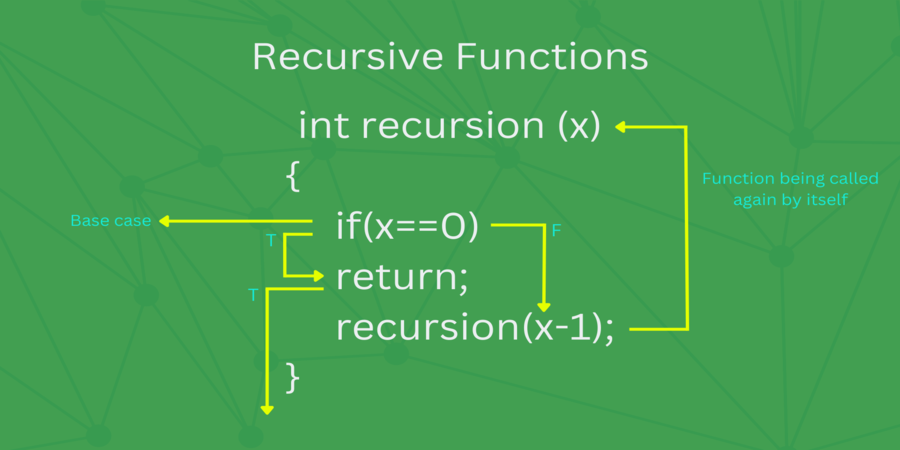

How are cryptocurrencies created
Cryptocurrencies, such as Bitcoin and Ethereum, have gained widespread popularity over the past decade. These digital currencies offer a decentralized and secure means of transferring value across the globe. But how are cryptocurrencies created? In this article, we will explore the process of creating cryptocurrencies, including the technology behind them and the steps involved.
What is Blockchain Technology?
At the heart of cryptocurrencies is blockchain technology. A blockchain is a distributed ledger that records transactions in a secure and transparent way. It consists of a network of nodes that work together to validate and confirm transactions. Once a transaction is confirmed, it is recorded on the blockchain, making it immutable and irreversible.
To create a cryptocurrency, one needs to create a blockchain that can support the currency's transactions. This is done by developing a consensus mechanism that enables nodes on the network to agree on the state of the blockchain. The two most common consensus mechanisms are Proof of Work (PoW) and Proof of Stake (PoS).
Creating a Cryptocurrency
The first step in creating a cryptocurrency is to define its purpose and design its specifications. This includes deciding on its name, total supply, and other parameters. Once this is done, the currency's code is developed, and the blockchain is created.
To create a blockchain, one needs to choose a programming language and a blockchain platform. Ethereum, for example, is a popular blockchain platform that allows developers to create decentralized applications (dApps) and smart contracts. Once the blockchain is created, it needs to be deployed on a network of nodes, which can be achieved through cloud hosting or on-premise hosting.
Consensus Mechanisms
As mentioned earlier, consensus mechanisms are crucial to a blockchain's operation. PoW is the most widely used consensus mechanism and is used by Bitcoin and many other cryptocurrencies. In Proof of Work (PoW), nodes on the network compete to be the first to solve a hard math problem. The first node to do so gets to add a block to the blockchain. This process is known as mining, and miners are rewarded with newly minted coins.
PoS is a newer consensus mechanism that has gained popularity due to its energy efficiency. In PoS, nodes are chosen to validate transactions based on the number of coins they hold. This means that nodes with a higher stake in the currency have a higher chance of being chosen to validate transactions. Validators are rewarded with transaction fees instead of newly minted coins.
Mining and Minting
Once the blockchain is created, the next step is to distribute the cryptocurrency. This can be done through mining or minting. In order to add a transaction to the blockchain, it must first be validated, which is what mining is all about. In exchange for their efforts, miners are given brand-new coins. Minting, on the other hand, involves creating coins out of thin air and distributing them to users.
In PoW cryptocurrencies, mining is the primary means of distributing coins. In PoS cryptocurrencies, minting is used to create new coins and distribute them to validators. Minting can also be used to provide liquidity to the market by creating new coins and selling them on exchanges.
Cryptocurrencies have become increasingly popular in recent years, with new coins being introduced regularly. While many people are familiar with Bitcoin, there are thousands of other cryptocurrencies available today. But how do these currencies differ from each other? In this article, we will explore the key differences between cryptocurrencies.
How Do Cryptocurrencies Differ From Each Other?
Blockchain Technology
The most significant difference between cryptocurrencies is the technology behind them. Bitcoin, the first cryptocurrency, uses a Proof of Work (PoW) consensus mechanism to validate transactions and add them to the blockchain. Ethereum, on the other hand, uses a Proof of Stake (PoS) consensus mechanism that is more energy-efficient. Some cryptocurrencies, such as Ripple, do not use a blockchain at all but instead rely on a distributed ledger technology called the Ripple Protocol Consensus Algorithm.
Transaction Speed
Transaction speed is another crucial factor that sets cryptocurrencies apart. Bitcoin, for example, has a limited transaction speed of about 7 transactions per second. Ethereum, on the other hand, can process up to 15 transactions per second. Other cryptocurrencies, such as Ripple, claim to be able to process up to 1500 transactions per second. Faster transaction speeds can be important for applications that require quick transaction processing, such as online gaming or e-commerce.
Total Supply
Another difference between cryptocurrencies is their total supply. Bitcoin has a finite supply of 21 million coins, which will eventually be fully mined. Ethereum, on the other hand, has no limit on its total supply. Other cryptocurrencies have different approaches to their total supply. Some, like Ripple, have a fixed supply, while others, like Litecoin, have a larger total supply than Bitcoin but still have a finite limit.
Use Cases
Cryptocurrencies can also differ in their intended use cases. Bitcoin was originally designed as a decentralized currency that could be used as an alternative to traditional currencies. Ethereum, on the other hand, was designed to be a platform for building decentralized applications (dApps) and smart contracts. Other cryptocurrencies, such as Ripple, are designed for specific use cases, such as cross-border payments.
Community and Adoption
Finally, cryptocurrencies can differ in their community and adoption. Bitcoin has the largest and most well-established community, with a significant number of merchants accepting it as payment. Ethereum also has a large community and is used by many developers to build decentralized applications. Other cryptocurrencies, such as Ripple, have partnerships with banks and financial institutions, but their adoption by the general public is still relatively low.
Conclusion
In conclusion, cryptocurrencies are created through a complex process that involves developing a blockchain, creating a consensus mechanism, and distributing the currency. The blockchain serves as a secure and transparent ledger that records transactions in a decentralized way. Consensus mechanisms such as PoW and PoS ensure that the blockchain operates smoothly and securely. Mining and minting are used to distribute the currency to users and provide liquidity to the market. As cryptocurrencies continue to gain mainstream adoption, the process of creating them will continue to evolve, leading to new innovations in blockchain technology.
Popular articles

Jun 08, 2023 07:51 AM

Jun 08, 2023 08:05 AM

Jun 08, 2023 03:04 AM

Jun 07, 2023 04:32 AM

Jun 05, 2023 06:41 AM
Comments (0)